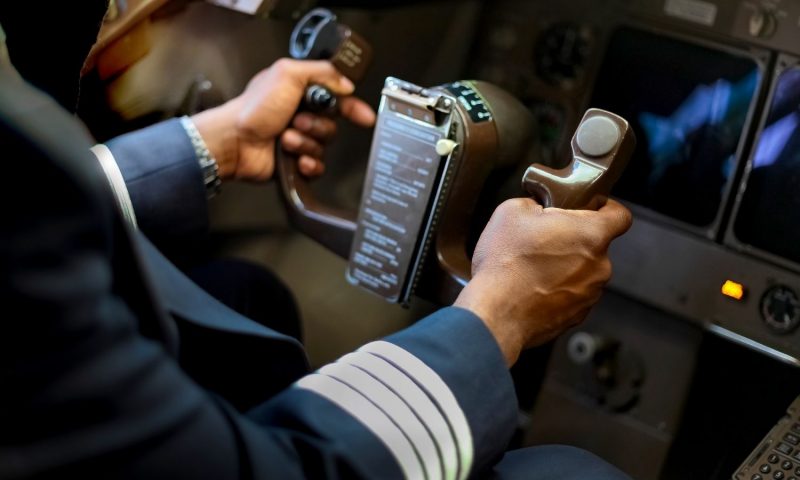If you are ever on a flight, you may notice that simple bad weather doesn’t affect the flight. So, how do pilots fly in bad weather like rain or heavy winds?
It can feel like a bad idea to fly in bad weather, but in actuality, pilots are trained to fly in all kinds of weather. Flights still happen in stormy weather, and once you are in the air, there is nothing you can do to stop the weather from changing. So, if you are worried about flying in bad weather, it would be a good idea to learn how pilots fly in bad weather.
Small Aircraft Pilots
Flying in bad weather changes greatly depending on the type of aircraft in question. Smaller aircraft have vastly different rules than large commercial aircraft due to how weather affects them. Generally, less drastic weather changes, such as cloudy or overcast days, do not impact the flights of smaller planes. But once the weather gets worse, as in the case of hard winds and snow, the ability to fly safely comes down to the plane type and the experience of the pilot. Some pilots have certification and training for flying smaller aircraft in these conditions. As long as the pilot is careful, they should have no major issues.
Large Aircraft Pilots
Larger aircraft are generally safer to fly in bad weather conditions. This is because of their heavier weight and thicker armor. Although some bad weather might cause turbulence, very few weather patterns impact the flight capabilities of a large plane. It is also true that commercial airlines only hire pilots who undergo a significant amount of training and flight courses. This prepares them to fly in bad weather conditions as well.
Some passengers may find that flying in bad weather is scary. However, as long as you know how pilots fly in bad weather, you can trust that you will make it to your destination safely. Do not forget this, even if your flight feels a little bumpy at times. There are whole teams on the ground and in the air dedicated to making sure your plane gets to the ground safely, no matter the weather.
